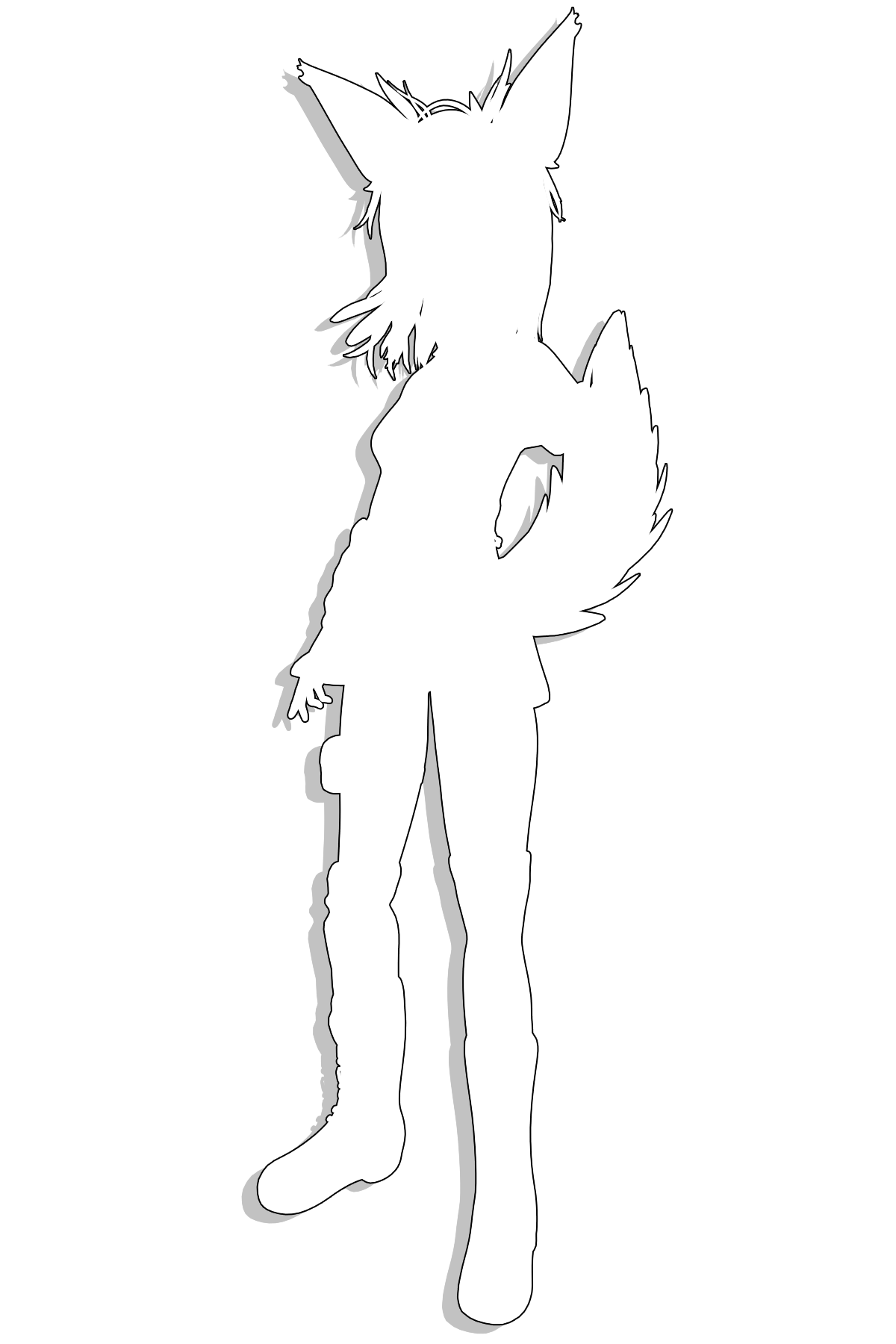THE ZEV RACE

The Zev, more commonly known as Beastkin, are a humanoid race that live in tribal groups and typically practice some form of animism or ancestor worship. The physiological traits of Zev vary wildly from individual to individual, correlated with whatever ‘beast-like’ traits they possess. Zev have active libidos and most tribes treat sex and sexuality very casually. Zev pregnancies usually last for around three months, and Zev often have multiple children per pregnancy. Zev lifespans are usually shorter than humans, only around forty to fifty years, though in their cultural tradition there are tales of shamans blessed by the spirits living for centuries. Culturally the Zev can largely be broken down into two groups, the tribes of the Plains, and the tribes of the Deepwood.
The Zev tribes of the plains are more often encountered by other races as they are aggressive towards both outsiders and other tribes. They are defined by martial cultures that praise strength, honor, and glory through battle. These tribes almost exclusively contain Zev members with the traits of large savannah cats, wolves, or in some cases grazing animals such as buffalo. The average male Zev from a Plains tribe is over 240cm (8′) tall when they reach adulthood.
Plains-dwelling Zev are ruled by warrior-priests who teach an animistic religion, where all things have a spirit. The competitive nature of these Zev seem to be based in part on their religious beliefs, where battle between warriors both feeds and pleases the spirits of the land. Much of this information comes first hand from Zev exiles. In Plains-dweller culture, Zev born with traits that are associated with weak spirits, such as rodents and birds, are considered to be bad omens and are often banished from their parent tribe to find homes elsewhere.
By contrast, the Zev tribes of the Deepwood are much more reclusive in nature, often dwelling in villages built amongst the tall trees. These Zev believe in a type of ancestor worship, believing that their guardian spirits are their dead ancestors watching over the younger generations. Forest-dwelling Zev tribes are thus much more varied in terms of traits, as any traits are associated with an ancestor and thus something to be proud of. Compared to humans, forest-dwelling Zev are typically shorter, standing around 165cm (5’5″) with lithe, agile builds, adept at navigating the dense woods they typically call home.

The tribal cultures of the forest dwellers are more varied than the plains-dwellers, and there are many tribes that we only have names for and little else. Others are likely so secretive that even other Zev do not know of their existence. What we do know comes largely from a few of the Deepwoods tribes more amenable to trade and co-operation with nearby human settlements.
Common across both cultures is a belief in guardian spirits, and that the animal traits each individual Zev exhibits are related to their personal guardians. While the existence of these guardian spirits has not been proven, some Zev priests and shamans have been observed to be very capable users of summoning magic, despite a lack of formal training. Perhaps their bond is closer with such guardian spirits and thus they can bring them forth to fight on their behalf directly?
Notable Tribes
Brighthearth
The Brighthearth tribal lands sit on the northern edge of the Deepwoods, and thus they came into contact with human settlers looking to source lumber from the dense forest more than a century ago. While initial contact was tense, the Brighthearth tribal lands were already an important region for trade amongst the Zev, as they had easy access to the nearby coastal hills where wild game and fish are both abundant. As a result, they were amenable to trade with nearby human settlements and are now Kriterra’s main source of Lifewood, a type of tree that only grows in the Deepwoods and is especially useful for the creation of magical tools.
Steelfang
The largest tribe in the great plains, the Steelfang are likewise the most belligerent and aggressive, which is no doubt how they ended up the largest. While many consider them little more than barbarians and raiders, they are also one of the most closely studied plain tribes, as they have allowed academics to stay in their villages and learn of their culture in order to ‘Spread word of the greatness of the Steelfang and it’s invincible warriors to the rest of the world.’





